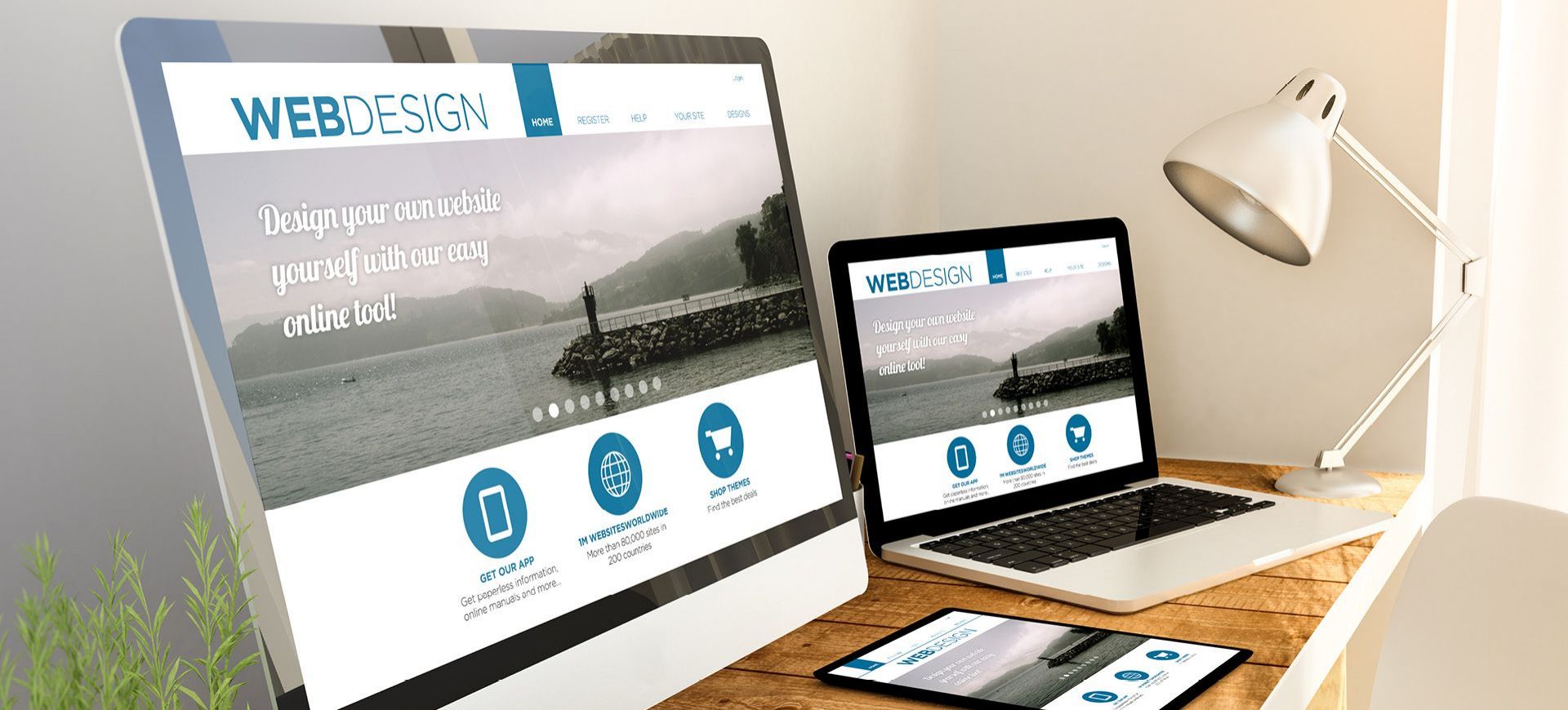18th Jan 2019

18th Jan 2019
Combining design and functionality
When you're designing for the web, it's important to focus on your key messages with concise content, impactfull images and a layout that makes sense. Navigation will also be crucial - does your design encourage the user to move around the page in the way you want them to? make sure you have a website structure that will intuitively guide visitors around the website so that they don't always have to try to find what they are looking for via the search function. Don't forget to check the details too, such as whether links are working and ensuring that all the content is correct in terms of spelling and grammar.
Creating a logical layout
As noted, the layout needs to make sense but that's not the only element that's important. Layout is the skeleton of the way that the page is structured, i.e. where you decide to position key parts of the page, such as text, images and navigation tools. You may decide the CSS is the best option for creating your web design - this has a number of advantages, including the fact that changes made are translated across all pages. When you're focused on layout, it's worth bearing in mind the different devices your visitors may be using to browse your website. Responsive web design will be key, as this will present your website in the best possible way no matter what the size of the screen it is being viewed through.
Colours and font
Although they may seem like insignificant details, the colours you use in your web design, as well as the fonts, can have a big impact. Colour, for example, will be relevant when it comes to integrating any branding into the colour scheme of the website. Colour can also be used to highlight part of the page, to generate interest and to spark emotion. Fonts are more functional - almost every website contains a large amount of text so the font that is used will be important. Choosing the right font means appreciating what it looks like close up, as well as when the user is viewing the entire web page.
Content and SEO
Well-written content that has been search engine-optimised is crucial for two reason. Firstly, it will ensure that the website is genuinely useful to anyone landing on it and that they will want to return. Secondly, it means that the site is more liekyl to rank higher on search engines.
Bringing the web design to life
It's often when you get to the graphics and images that the website starts to really feel like it's coming alive. Visuals, whether video, graphics or still images, can be crucial to attract attention, communicate a message, or motivate a visitor to explore the rest of the website. Choose these elements carefully, make sure they are tagged with the right data and be cautious about any images or videos that are so large, they slow down page loading speeds.
These are the very basics of web design. They provide a firm foundation on which great websites can be built.